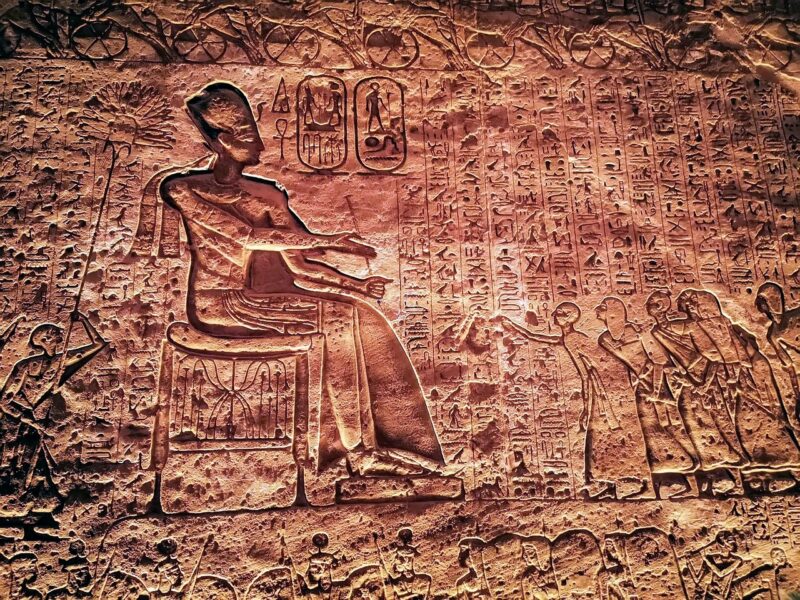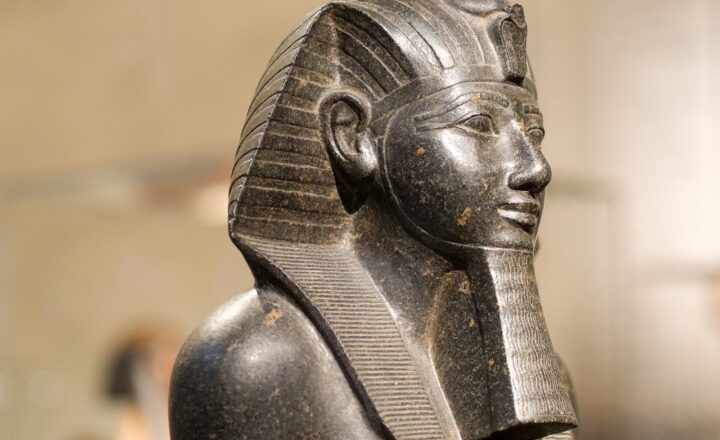The Puzzle of Ancient Egyptian Curses and Why They Were Created
November 12, 2024

The allure of ancient Egyptian culture is undeniable, captivating the imagination of historians, archaeologists, and the general public alike. Among the most intriguing aspects of this ancient civilization are the myths and legends surrounding curses, often linked to the burial sites of pharaohs and the tombs of their treasures. In this article, we will delve into the phenomenon of Egyptian curses, examine their historical context, and explore the reasons behind their creation.
1. Understanding Egyptian Curses: An Overview
The concept of curses in ancient Egypt is deeply rooted in their beliefs about the afterlife and the power of words. Curses were often inscribed on tomb walls, written on amulets, or uttered in rituals, serving as protective measures for the deceased against potential threats from tomb robbers or anyone who would disturb their eternal rest.
Popularized by modern media, curses like the “Curse of Pharaoh Tutankhamun” have contributed to a mystique surrounding the ancient Egyptian practice of casting curses. However, it’s essential to differentiate between historical accounts and sensationalized versions that have emerged over the years.
2. Historical Context of Curses
To comprehend the prevalence of curses in ancient Egyptian culture, one must consider their religious beliefs and the significance of the afterlife. Egyptians placed immense importance on death and what lay beyond. They believed that one’s actions in life would determine their fate in the afterlife. Thus, protecting the deceased and their belongings became paramount.
Curses were a practical response to the threat of tomb robbing, a common occurrence in ancient Egypt, especially during the New Kingdom period. The entombment of valuable artifacts and treasures with the dead drew thieves, prompting the creation of curses as a defensive and deterrent mechanism.
3. Types of Curses and Their Functions
There are several types of curses that were prevalent in ancient Egyptian society. Here are some notable examples:
- Protective Curses: These were intended to shield the deceased from harm and were often inscribed on tomb walls or incorporated into funerary texts. An example is the “Book of the Dead,” which contained spells to protect the soul on its journey to the afterlife.
- Retributive Curses: Aimed at those who might harm the tomb or its treasures, these curses were often harsh and invoked the wrath of the gods against wrongdoers. For instance, curses like “May the soul of the plunderer be trapped” emphasized their belief in divine punishment.
- Symbolic Curses: Not all curses were explicitly vengeful; some served as cautionary tales or moral lessons, reinforcing societal norms about respecting the dead and their belongings.
By employing a combination of spiritual and physical barriers, curses acted as psychological deterrents in addition to religious ones. This strategy illustrates the ancient Egyptians’ understanding of human behavior and their desire to ensure the sanctity of burial sites.
4. The Curse of Tutankhamun
One of the most famous curses in modern history is associated with Tutankhamun, the young pharaoh whose tomb was discovered by Howard Carter in 1922. Following the excavation, several individuals involved in the discovery allegedly fell ill or died under mysterious circumstances, leading to sensational headlines about a curse.
Historians, scientists, and skeptics have since debunked many of these claims, attributing the illnesses to natural causes such as infection or exposure to unknown bacteria or fungi within the tomb. Nonetheless, the legend has persisted, showcasing how modern perceptions of ancient practices can become shrouded in mystery and horror, often disconnected from their original context.
5. Reasons Behind the Creation of Curses
The creation of curses served multiple purposes in ancient Egyptian society:
- Protection of the Deceased: The primary reason behind curses was to ensure that the deceased could rest peacefully without the fear of desecration, which was a real threat during that time. Curses served as a safeguard against intrusion and disturbance.
- Psychological Deterrence: By instilling fear through spoken or inscribed curses, ancient Egyptians used their belief in the supernatural to deter potential robbers. The thought of divine retribution was a powerful motivator for respecting tombs.
- Societal Control: Curses served as a means of reinforcing societal norms surrounding death and tomb sanctity. By addressing the moral implications of disrespecting the dead, curses helped to maintain public order and respect for the deceased.
The widespread belief in divine authorities and the afterlife gave curses their weight, marking them as a significant aspect of ancient Egyptian culture.
6. The Modern Interpretation of Curses
In contemporary society, the fascination with ancient Egyptian curses persists, often blending fact with fiction. Movies, books, and television series lap up the tantalizing narratives surrounding these curses, frequently transforming historical practices into sensationalized stories of revenge from beyond the grave.
While some of these interpretations highlight the ancient culture’s depth, they may also detract from the reality behind these complex rituals and beliefs. Educators and historians are tasked with distinguishing legend from fact, ensuring that cultural appreciation is rooted in historical accuracy.
Conclusion
The puzzle of ancient Egyptian curses reflects a civilization deeply intertwined with beliefs about the afterlife and the cosmos. By creating curses, the ancient Egyptians sought to protect those who had passed on and deter potential threats to their peace. Understanding these curses provides valuable insights into ancient Egyptian culture, their relationship with death, and the moral framework within which they lived.
As the world continues to unveil the mysteries of ancient Egypt, it is crucial to approach these narratives with a balanced perspective—acknowledging the fascination and the real historical context that shaped these stories. The puzzle of curses invites us to engage with the past, encouraging a deeper appreciation for this remarkable civilization.







